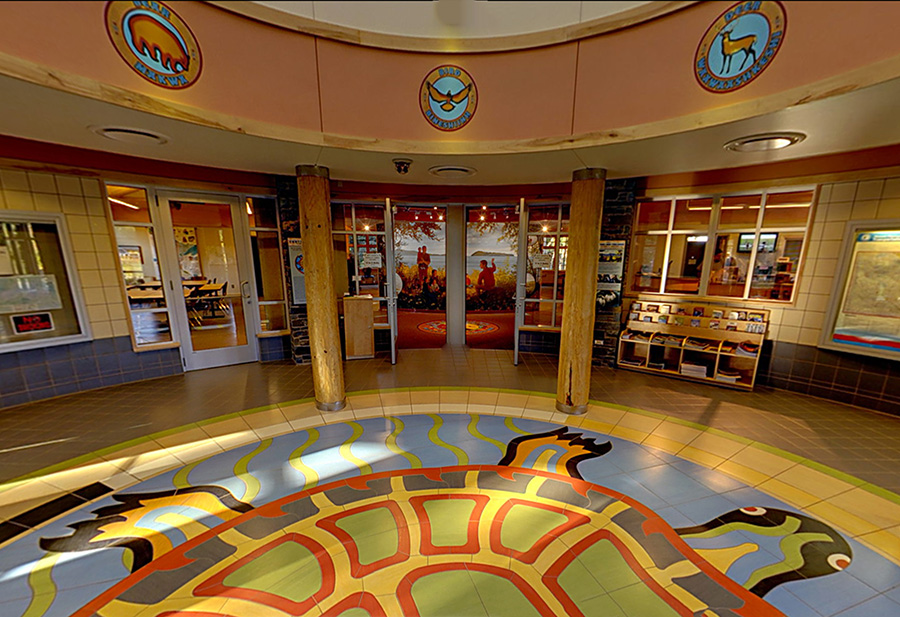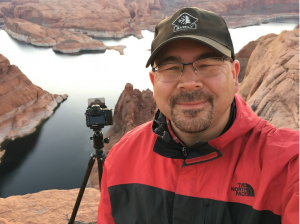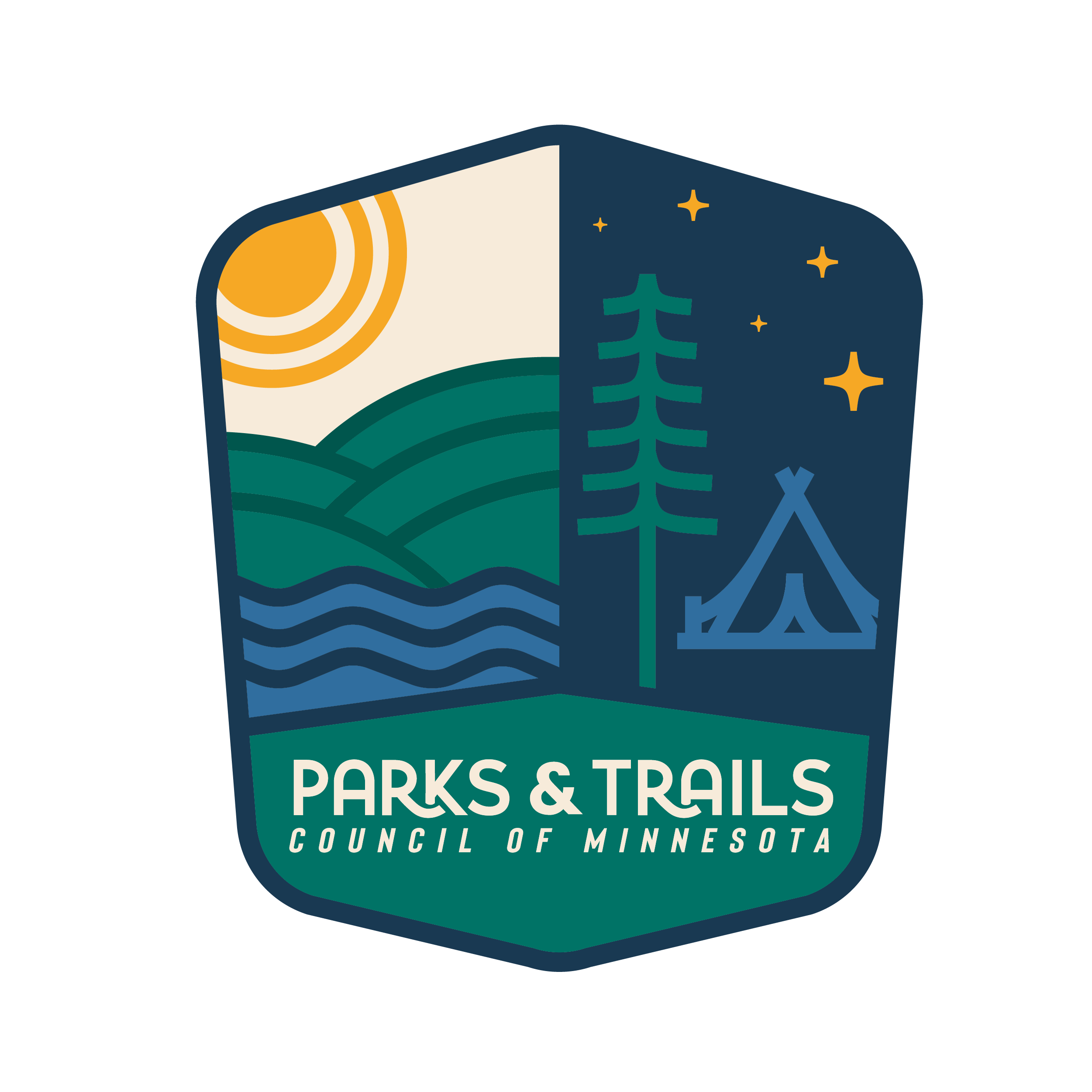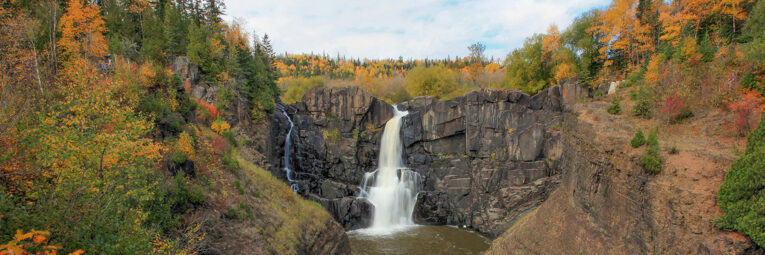An inspiring example of parks as a shared resource and benefit
Heading north along the North Shore on Hwy. 61, on the last turn before crossing the border into Canada, lies the entrance to a unique place.
Grand Portage State Park is home to Minnesota’s tallest waterfall, technically on the border with Canada. It is one of the smallest state parks yet sees roughly 1,000 visitors on peak days. And, it is the only state park whose land is owned not by the state but rather by the Bureau of Indian Affairs on behalf of a Native Nation—the Grand Portage Band of Lake Superior Chippewa—who plays an integral in its management.
April McCormick, the Secretary-Treasurer of the Grand Portage Tribal Council, the governing body of the Grand Portage Nation, has a lot of pride in this place. “It’s our favorite place to bring visitors,” she says. “…We elevate the park because of its natural beauty and because the band’s voice is elevated here.”

April McCormick
Visitors immediately feel the strong cultural influence of the Grand Portage Band of Chippewa. The theme for the park’s Interpretive exhibits is Mino Bimaadiziwin, an Ojibwe phrase often translated as “we live in a good way.” Many signs are bilingual in English and Ojibwe and focus on Native Americans’ use and management of the land historically and today. “We want our children to go to these places and see us represented,” says McCormick. “And we want the visitors to come and learn that we are not extinct and that we are thriving and have a beautiful community.”

The visitor center reflects Ojibwe culture through symbols and language. Photos: MNDNR
The origin of the park itself plays a key role in how Grand Portage Band came to be so keenly represented. The land is located within the boundaries of the Grand Portage Reservation; however, due to a complex history, it ended up privately owned by a white married couple in the 1950s. By the 1980s, the couple was ready to sell, with both the Band and the State as interested buyers, yet neither had funds available.
A deal was struck whereby Parks & Trails Council bought the land and then sold it to the state, who in turn donated it to the Bureau of Indian Affairs to become part of the Grand Portage Indian Reservation, who then leased it back to the state to be managed as a state park with a special focus on interpreting Native American heritage. It was a completely unique idea that had never been tried anywhere else.
The long-time park manager, Travis Novitsky, who is an enrolled tribal member explained the park’s hiring practices lay the groundwork for a strong relationship between the state and the Band. Applicants are expected to have significant knowledge of the history, culture, and lifeways of the Native community at Grand Portage. In particular, the park naturalists must have knowledge of the Ojibwe language and experience with cultural traditions, such as seasonal harvests, the seven sacred teachings, clan structure, and oral storytelling. Tribal Council members participate in the hiring interviews.

Travis Novitsky
The day-to-day operations are handled by the DNR and generally follow the same protocols as any other state park. However, the DNR consults with the Tribal Council on some key decisions. Additionally, any research conducted on the Grand Portage Reservation—including the state park—requires permission or permitting from the Tribal Natural Resource agency. “All tribal lands are taken care of by the tribal natural resources crew,” says Novitsky. “They do prescribed burns to manage for blueberry patches, and logging is done not so much for profit but for moose habitat.”
The Band’s natural resource management is rooted in long-held traditions. A term gaining traction in some circles is tribal ecological knowledge (TEK). “If you ask a tribal elder about TEK, they say it’s just what we’ve always done.” With this way of knowing the natural world, occasionally, the Band does assert its rights to manage its land as it sees fit. That may conflict with state agencies, who occasionally need to be reminded of tribal jurisdiction, says McCormick. She goes on to explain, “We protect the waters.”
“The park is our best case of working together,” says McCormick as she explains that Band continually navigates conflicts with the state regarding ceded territory. “So we elevate the park all the time to show what can happen when you use our lenses and when you come to the table thinking about how is this community impacted.”
Conflict is a recurring theme at Grand Portage, yet it’s not shunned as bad but rather embraced. Novitsky shared a traditional teaching about the eternal struggle between the Thunderbird and the Great Serpent. In the story, Thunderbirds are forever hunting and eating the Great Serpents, which keeps their numbers in check. Without Thunderbirds playing this role, the Great Serpents would soon overrun the Earth. In turn, the Thunderbirds are kept alive by the sustenance provided by the Great Serpents. They are inextricably interconnected, and their conflict brings balance.
Novitsky suggests this story can be instructive. “Conflict may occur, but if we think of conflict as the maintenance of balance, we can find a path forward.” He adds, “As long as we approach situations with the right mindset and have both respect and accountability.”

